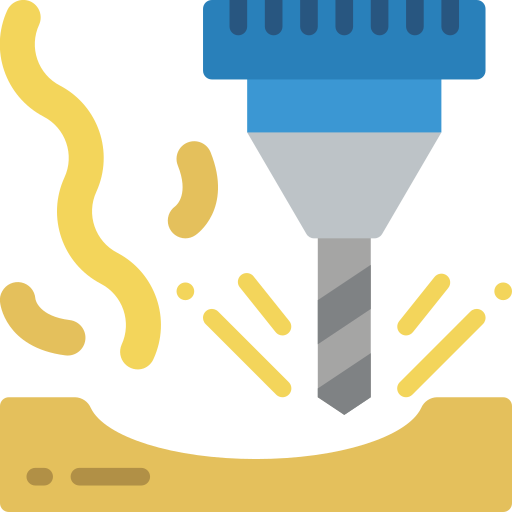Title Page
-
Conducted on
-
Prepared by
-
Equipment Manufacturer
-
Model Number
-
Serial Number (attach photo of data plate if available)
-
New and existing machines and equipment are required to have a machine and equipment safeguarding assessment completed to verify that it can be operated safely. This form, or an equivalent, may be used to guide the assessor in determining whether the machine-equipment safeguarding is adequate or in need of additional controls. After the assessment is finished, send the completed and signed form to the environment, safety, and health (ESH) point of contact (POC). To be qualified as an assessor, the worker must have the necessary knowledge and experience to identify critical parts and operation of the equipment. In addition, the assessor must take the Machine Shop Safety course. For additional information, see PROC 600-27 Machine-Equipment Safeguarding.
Applicable References:
NFPA 70 - National Electric Code
NFPA 70E - Standard for Electrical Safety in the Workplace
NFPA 79 - Electrical Standard for Industrial Machinery
OSHA 1910.212 - General Requirements for All Machines
OSHA 1910.213 - Wood Working Machinery Requirements
OSHA 1910.215 - Abrasive Wheel Machinery
OSHA 1910.217 - Mechanical Power Presses
OSHA 1910.219 - Mechanical Power Transmission Apparatus
ANSI B11.0 through B11.27 - Machine Tool Safety
Section 1: Equipment Details
-
Attach photos of equipment (front, back, sides)
-
Equipment Type (e.g. turning machine, shaper and planer, drilling, milling, grinding, power saw, press, cutting)
-
Campus-Building-Lab Number
-
Designated Area Representative (DAR)
Section 2: Checklist
A. Point-of-Operation and General Requirements
-
Point-of-operation guards are provided and in place [critical]
-
Emergency stop buttons, wires, or bars are provided if machine controls are not within reach of operator working area [critical]
-
An anti-restart switch is installed to prevent machines from automatically restarting upon power interruption where restart could cause injury [critical]
-
Guards are firmly secured and not easily removable
-
Warning and hazard labels are affixed to the machine
-
If installed, workspace illumination has shatter resistant light bulbs or protective covers in place
-
A chip shield is installed or available (magnetic, removable) when risk of debris/ chemicals hitting an operator is present
B. Power Transmission Devices and Mechanical Hazards
-
Gears, sprockets, pulleys, and flywheels are guarded [critical]
-
Belts and chain drives are guarded [critical]
-
Exposed set screws, keyways, and collars are guarded
-
Drawbars, bar loaders, collets and spindles that rotate during operations are guarded
-
Doors and access panels to power transmission devices stay securely closed during operations
-
Guards are provided for other hazardous moving parts of the machine
C. Operating Controls and Non-Mechanical Hazards
-
Electrical cords or connectors are in good repair [critical]
-
110v/120v electric plugs are three-prong with a ground [critical]
-
Machine controls are within easy reach of the operator [critical]
-
Pneumatic or hydraulic connections are secure [critical]
-
On/off and start/stop switches are distinct and easy to identify (e.g. green for start and red for stop, N/A for software-controlled machines)
-
Dust or chip collection catch basins are installed
-
Machine base has bolt pattern and is securely anchored to the ground or work surface
D. Preventive Maintenance (PM)
-
PM plans were provided by manufacturer or developed in house
-
PM addresses periodic checking of electronic guarding systems for proper operation
-
For other hazardous energy sources, equipment-specific lockout/tagout (LO/TO) procedures have been developed
-
Where LO/TO is not used, PM can be conducted without removing guards
-
Manuals from the original equipment manufacturer are available
Section 3: Approvals
-
Inspector Signature
-
Acceptable guarding and approved for use
-
Deficient guarding and rejected (critical items in inspection failed)
-
Guarding improvements needed but approved for use (exception explanation required)
-
Exceptions cannot be granted if a critical item in the inspection failed. An exception can only be granted by an ESH POC after they have reviewed the assessment form and the assessed equipment. The DAR has 90 days to correct the non-compliant items or the exception expires, and the equipment must be administratively locked out per PROC 600-27. Please provide exception explanation:






